In the realm of architectural and interior design, there exists a time-honoured tradition known as Vastu Shastra—a harmonious fusion of science and spirituality that governs the spatial arrangement and energy flow within a living environment.
At the heart of this ancient Indian practice lies a profound understanding of how our surroundings can deeply influence our lives.
One of the pivotal elements within Vastu Shastra is the direction of the main door, an aspect that holds immense significance in channeling positive energy and prosperity into our homes.
So, let’s embark on this enlightening journey together, as we unlock the potential of the main door direction in enhancing the positivity, abundance, and tranquillity that every living space should embody.
Understanding Vastu Shastra and Its Importance in Home Design
The layout, orientation, and arrangement of buildings are governed by the ancient Indian architectural and design concept known as Vastu Shastra in order to foster harmony between building inhabitants and their surroundings.
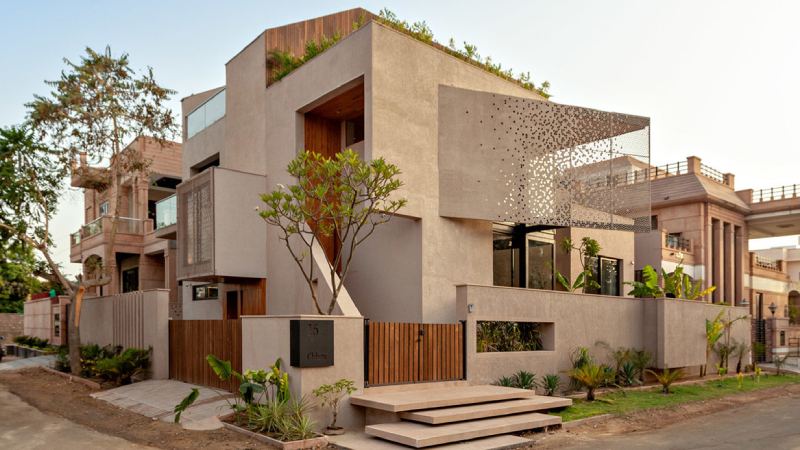
While “Shastra” denotes knowledge or science, the term “Vastu” alludes to physical buildings. Vastu Shastra, which has its roots in Hindu traditions, is thought to influence people’s health, happiness, and wealth by capturing good energy and balancing it with the forces of nature.
Also read about – TV Direction with Vastu
Historical Background and Cultural Relevance:
Vastu Shastra, a comprehensive science with roots in ancient Hindu literature, considers layout, direction, and proportions in order to create living spaces that are in harmony with the natural world and cosmic energy.
The Five Elements are Balanced:
Through the strategic placement of elements like water features and fireplaces, Vastu Shastra emphasizes the equilibrium and positive energy flow of Earth, Water, Fire, Air, and Space in living spaces.
Direction of the main door is important:
The direction a building’s main entrance or door faces is one of the fundamental elements of Vastu Shastra. It is thought that this direction has a significant effect on the energy that enters the house and affects the lives of its people. The energies, qualities, and advantages of each direction are different.
You should also know – Brahma Kamal Plant and its Significance in Vastu Shastra
Making a Harmonious Living Environment:
Vastu principles direct room layout, furniture arrangement, and ornamental elements in homes to create a harmonious environment that promotes relationships, physical and mental well-being, and a good atmosphere.
Incorporating Vastu in Modern Homes:
Vastu Shastra, a traditional practice, is still relevant in modern home design, as architects blend its principles with contemporary aesthetics to create spaces reflecting personal style and promoting harmony.
Vastu Principles for Main Door Direction
An important component of Vastu Shastra, an ancient Indian architectural and design theory that aims to balance human habitation with natural forces, is the orientation of a building’s main entryway.
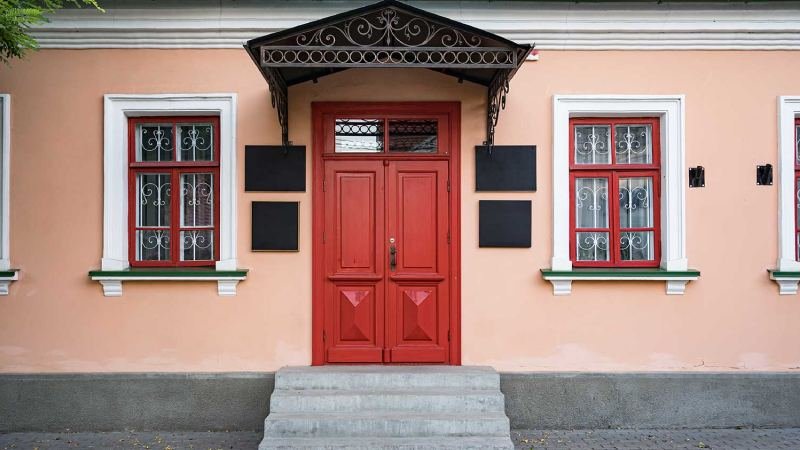
The principal entrance point for energy, impacts, and possibilities is the main door. According to Vaastu principles, it is crucial to align the main door direction with cardinal directions in order to attract beneficial energies and create a peaceful living space.
Read about – Gas Stove Direction as per Vastu
Main Doors that Face East: Symbolism and Advantages
Main doors that face east represent the rising sun, optimism, and enlightenment. Homes can receive morning sunlight, which fosters development, innovation, and spiritual awakening. By encouraging divine Favors and harmonizing with Lord Indra’s kingdom, this route is in the right place.
Main Doors facing West: Aligning Energy and Prosperity
The door that faces west represents culmination, introspection, and transformation and is associated with the setting sun. It encourages reflection, stability, and personal development. For people seeking stability, west-facing doors are the best choice because they draw success, riches, social connections, and wholesome relationships.
Main Doors to the North: Opening to Opportunities and Abundance
The main entrance that faces north and is connected to the North Star represents stability and direction and opens doors to opportunity and abundance. It is thought to increase opportunities for employment, business initiatives, and financial growth, encouraging success.
Main Doors Facing South: Using Stability and Protection
A main door that faces south and is associated with fire is thought to harness protective energies, providing stability, defence against evil, and a strong sense of security. Homes with south-facing doors benefit from increased resolve, bravery, and resiliency.
Have a look at vastu-compliant study table placement.
Factors Influencing Main Door Direction
let’s delve into each of these factors that can influence the main door direction as per Vastu guidelines:
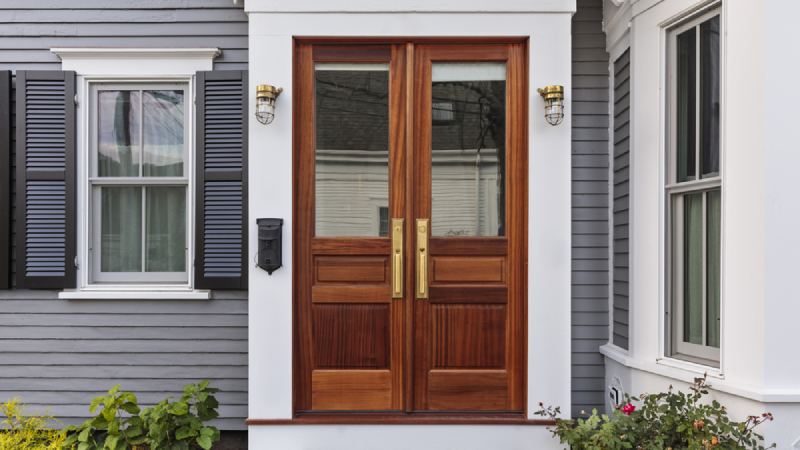
Local Climatic Conditions and Environmental Factors:
Vastu Shastra acknowledges the importance of harmonizing a living space with its natural surroundings. The local climate and environmental conditions play a significant role in determining the ideal main door direction. For instance:
- Sunlight Exposure
- Wind Directions
- Rainfall Patterns
Consideration of Surrounding Landforms and Structures:
The topography and surrounding structures can impact the energy flow around your home. Vastu suggests that the main door should be in harmony with these factors:
- Slopes and Elevations
- Adjacent Buildings
Individual’s Birth Astrology and Vastu Compatibility:
In Vastu Shastra, an individual’s birth astrology or horoscope is sometimes considered when determining the main door direction. This is based on the concept that certain directions can be more favourable for different individuals based on their astrological signs:
Astrological Alignment: Some believe that aligning the main door direction with the individual’s birth chart can enhance positive energies and well-being.
Vastu Compatibility: Individuals may consult Vastu experts to determine their compatibility with specific directions and adjust their home’s energies accordingly.
Also consider reading the vastu directions aparajita plants.
Myths and Misconceptions
The realm of Vastu Shastra is often shrouded in a cloud of myths and misconceptions that can cloud one’s understanding of its principles.
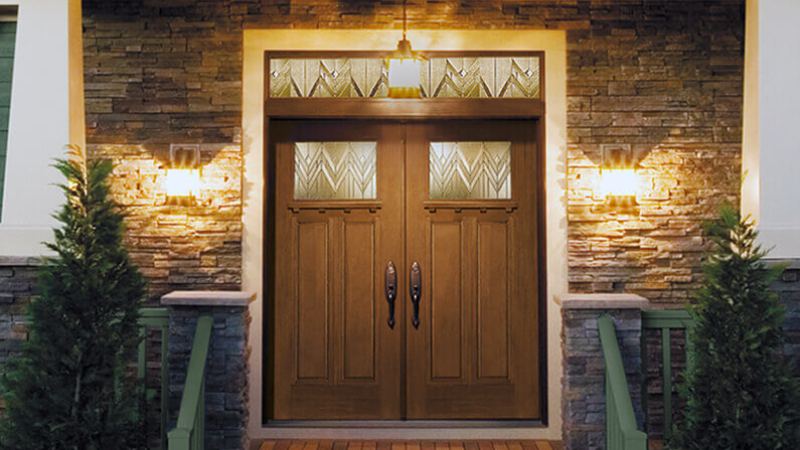
In this section, we’ll delve into some of the most prevalent misunderstandings surrounding Vastu and specifically the main door direction.
Get information about – Main Door Direction as Per Vastu
Debunking Common Misunderstandings About Vastu and Main Door Direction
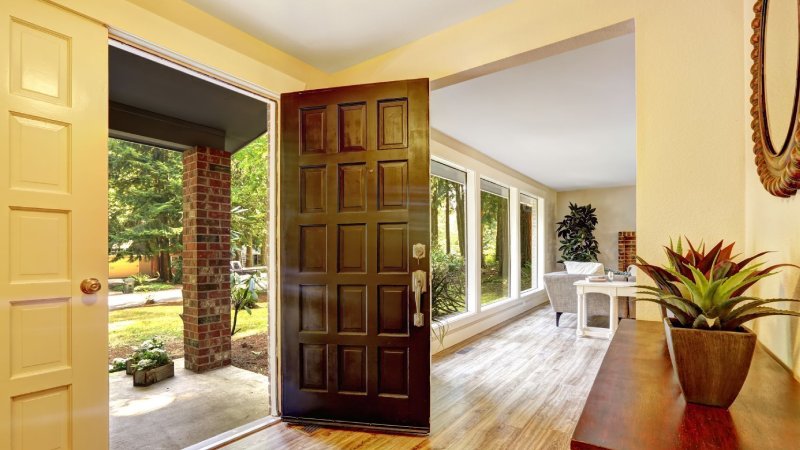
- Vastu Shastra, often misunderstood as superstition, is an ancient architectural and design science that aims to create harmony between humans and their environment, with core principles rooted in practicality and environmental psychology.
- Another misconception is that there’s a universal solution for main door direction that applies to all homes. In truth, Vastu considers various factors like geography, climate, and individual birth charts, resulting in different recommendations for different situations.
- There’s a belief that by changing the main door direction alone, all problems in one’s life will be solved. However, Vastu works in conjunction with various other factors such as interior arrangement, cleanliness, and personal efforts. Changing the door direction alone might not yield the expected results.
- Some people expect instant and guaranteed positive changes after aligning their main door with Vastu principles.
Vastu should not replace good design practices, but rather complement them, not replace them.
Consider reading -


